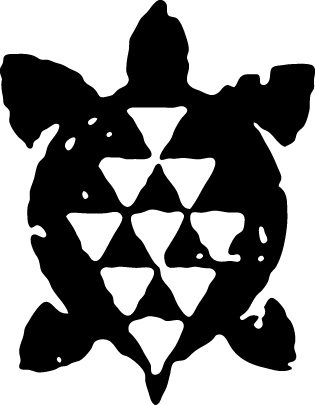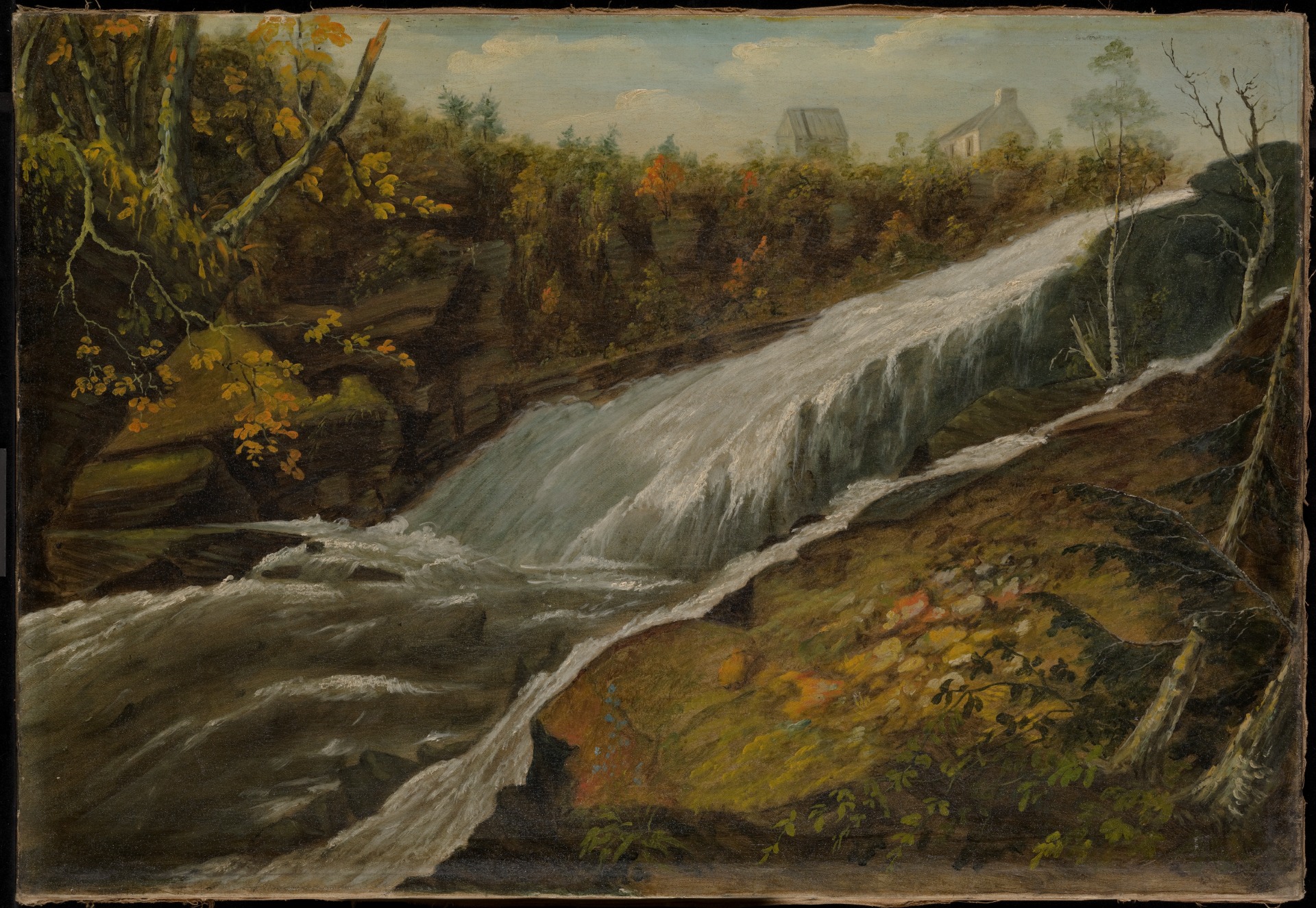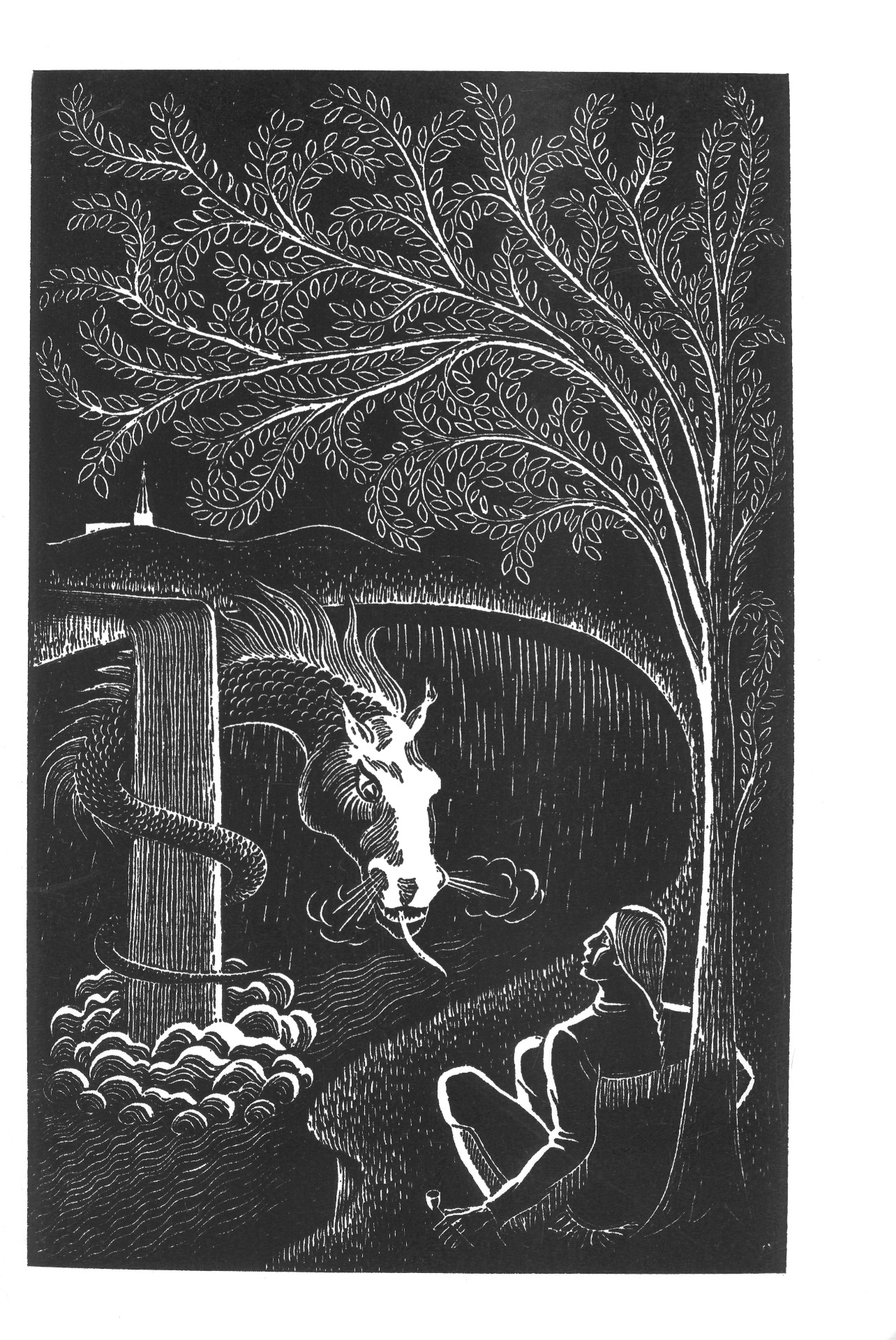
 0
0The Akiawenhrahk River 💧
The Saint-Charles River is called "Akiawenhrahk" in the Wendat language, which means "Trout" in English. 🐟

The Saint-Charles River is the longest river crossing Quebec City. This river has witnessed historical moments of territorial development. It has been the waterway for several indigenous peoples to access a territory rich in natural resources.
On its shores, the Akiawenhrahk River embraces Stadaconé, an Iroquoian village made up of around 20 long houses and around 500 to 800 members. In 1534, during a fishing expedition to the Gaspé Bay, a hundred residents of Stadaconé and their leader Donnacona met an important player in the colonial history of Canada.
AT YOUR PADDLES! Which historical figure did Chief Donnacona meet in 1534?
Over the following centuries, the Saint-Charles River hosted many religious missions that taught their beliefs to several Indigenous nations. Besides, in 1697, near the Akiawenrahk River, a few hundred Huron-Wendat and the Notre-Dame-de-Lorette Jesuit mission moved from Ancienne-Lorette to Jeune-Lorette, a place that would be renamed Wendake in 1985.

[LEGEND] The Great Serpent 🐍

After the establishment of the Notre-Dame de Lorette mission in Jeune-Lorette, community members often heard a whistle coming from the falls near the village. They were convinced that the Great Serpent lived in a cave below these falls. The Huron-Wendat believed that the gigantic horse-headed snake was dangerous and could attack animals and even young children of the Nation. Furthermore, multiple other monstrous little snakes invaded the village.

Then, one morning after mass, one of the Jesuit preachers decided to exorcise the Great Serpent with the help of men of the village. The men had their weapons in hand, while the women, accompanied by the children, barricaded themselves in the houses. At the edge of the river, very close to the falls, the missionary said long prayers imposing the Great Serpent and the other serpents to leave the river and the village.
After being called out several times, Great Serpent came out of its cave with a terrifying whistle. All the men were frightened, but each remained at their place with their loaded guns, as the missionary continued to perform the exorcism, his cross in his hand. Crawling up towards the village, Great Serpent finally disappeared in the woods in the direction of Lake Tantaré which means in Wendat "where there is a lake".
